When it comes to the most graceful, whimsical flowers to grace cottage gardens, few can match the charm of the columbine. Known scientifically as Aquilegia, columbines are beloved for their distinctive bell-shaped flowers, spurred petals, and a delightful palette of colors ranging from soft pastels to vibrant jewel tones. Found across temperate regions of the Northern Hemisphere, these flowers are not only admired for their ornamental value but also for their role in supporting pollinators like bees, hummingbirds, and butterflies.
But this leads us to an intriguing question: which country is the largest producer of columbine flowers in the world? Unlike global giants in tulips, roses, or chrysanthemums, the columbine’s production story is more decentralized and nuanced. In this article, we’ll explore columbine’s rich history, botanical features, cultivation practices, and trace the regional leaders contributing to its worldwide appeal.
The Fascinating World of Columbines
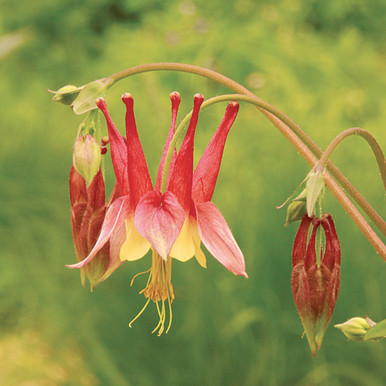
Columbines belong to the Ranunculaceae family, which includes other well-known flowers like buttercups and clematis. With over 70 recognized species and numerous hybrids, columbines have been cultivated for centuries in both Europe and North America. Their unique flower structure, with long nectar spurs, makes them particularly appealing to hummingbirds and long-tongued bees.
Some of the most popular species include:
- Aquilegia vulgaris – Common European columbine
- Aquilegia canadensis – Eastern red columbine of North America
- Aquilegia coerulea – Colorado’s state flower
- Aquilegia chrysantha – Golden columbine native to the American Southwest
Columbines are perennial plants thriving in cool, temperate climates, often grown in cottage gardens, woodland borders, and wildflower meadows.
Global Columbine Cultivation: A Distributed Affair
Unlike crops such as tulips or carnations, where a single country dominates global production (like the Netherlands with tulips), columbine production is much more regionally distributed. That’s because columbines are primarily sold as garden perennials or native plant varieties rather than cut flowers or bulbs, and they are typically propagated by smaller nurseries and specialist growers.
Currently, no global agricultural or floriculture authority publishes centralized production figures for columbines, but horticultural reports and market analyses point to a handful of countries that cultivate columbines at notable scales for both domestic and export markets.
The Netherlands: Europe’s Floral Nursery Capital
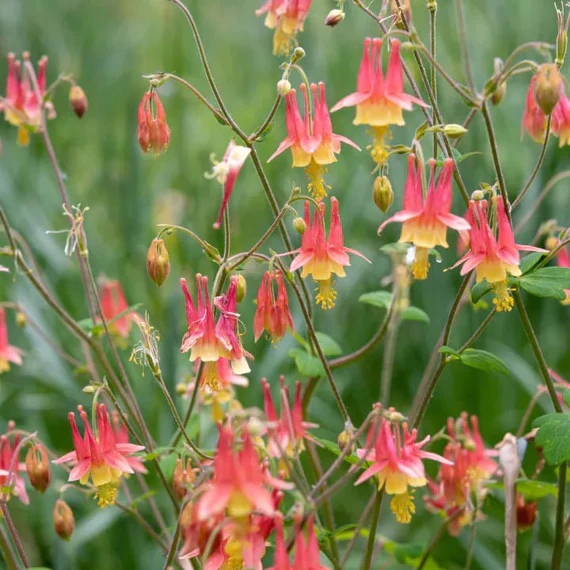
If we were to identify a leading producer within Europe, it would undoubtedly be The Netherlands. Renowned as the flower capital of the world, the Netherlands boasts a thriving nursery industry that includes a wide variety of perennial plants, including columbines.
Dutch nurseries grow several varieties of Aquilegia vulgaris and hybrid cultivars like:
- ‘Nora Barlow’
- ‘Blue Star’
- ‘William Guinness’
These plants are often sold in pots or as bare-root perennials for planting in gardens across Europe and even beyond. Dutch wholesale flower markets, like the Royal FloraHolland auction, facilitate distribution throughout the continent, though columbines occupy a modest niche compared to mass-produced cut flowers.
Germany and United Kingdom: Regional Leaders
Germany is another important European player in columbine production, with numerous regional nurseries cultivating native A. vulgaris and garden hybrids for the domestic and EU markets. German gardeners appreciate columbines for their role in cottage gardens and bee-friendly landscapes.
Similarly, the United Kingdom has a rich gardening tradition that embraces columbines. The Royal Horticultural Society (RHS) has long endorsed columbines for their beauty and ease of growth. British plant breeders have introduced notable varieties, and specialist nurseries maintain healthy stocks for sale through local garden centers and online plant shops.
United States and Canada: North American Native Cultivation
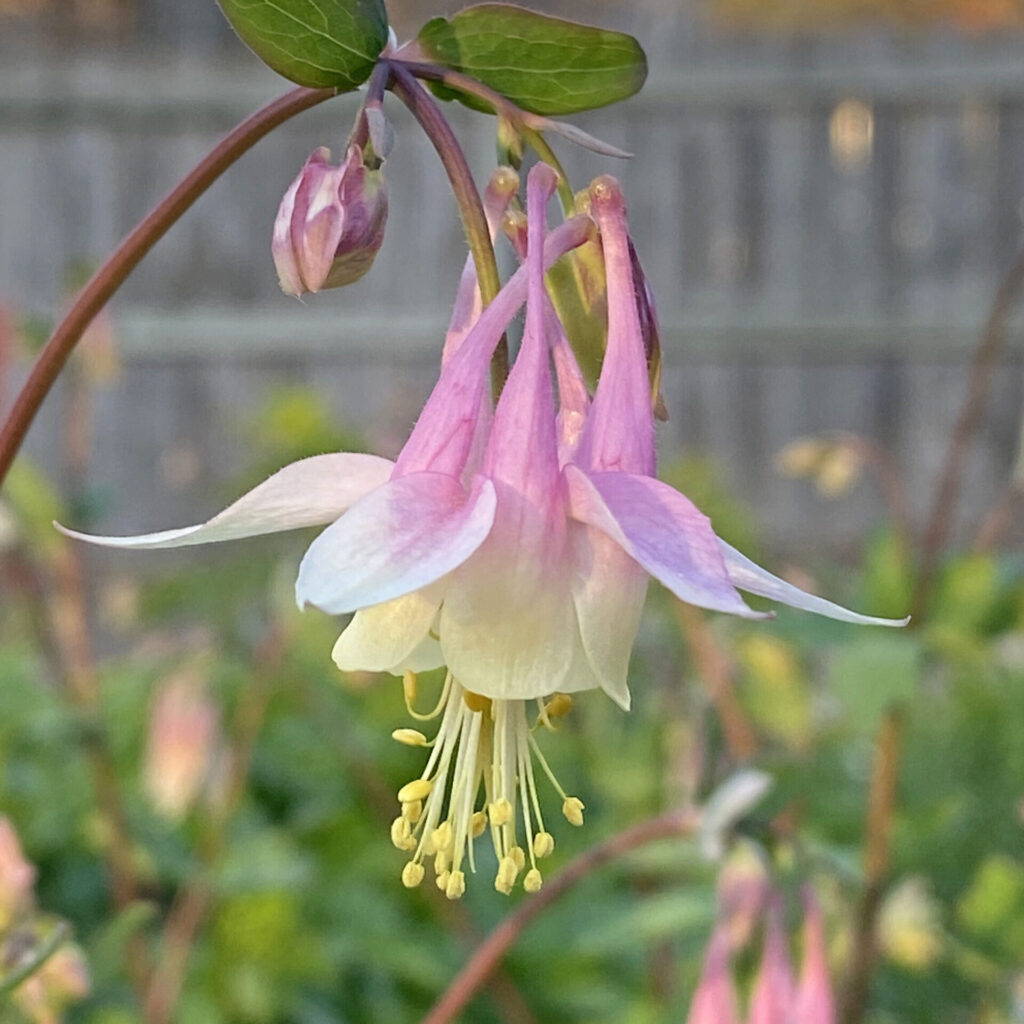
In North America, columbines enjoy widespread popularity both as native plants and garden perennials. The U.S. produces significant quantities of Aquilegia canadensis, A. coerulea, and numerous hybrids. Columbines are particularly favored in eco-friendly and pollinator gardens.
Unlike European nursery giants, American production is primarily driven by:
- Regional plant nurseries
- Native plant conservatories
- Mail-order specialist suppliers
States like Colorado, California, and New York lead in cultivation, while Canada supports its own columbine market through provinces like British Columbia and Ontario. These plants are rarely exported at scale but maintain robust domestic markets for landscape use.
Japan and China: Asian Contributions
Though less globally visible, Japan and China contribute to regional columbine production, cultivating both native species and introduced European and North American hybrids.
Japan, with its reverence for seasonal flowers, values columbines in cottage-style and naturalistic gardens. Chinese nurseries grow native columbines like A. viridiflora and ornamental varieties for use in domestic landscaping.
Why Is There No Single Global Leader?
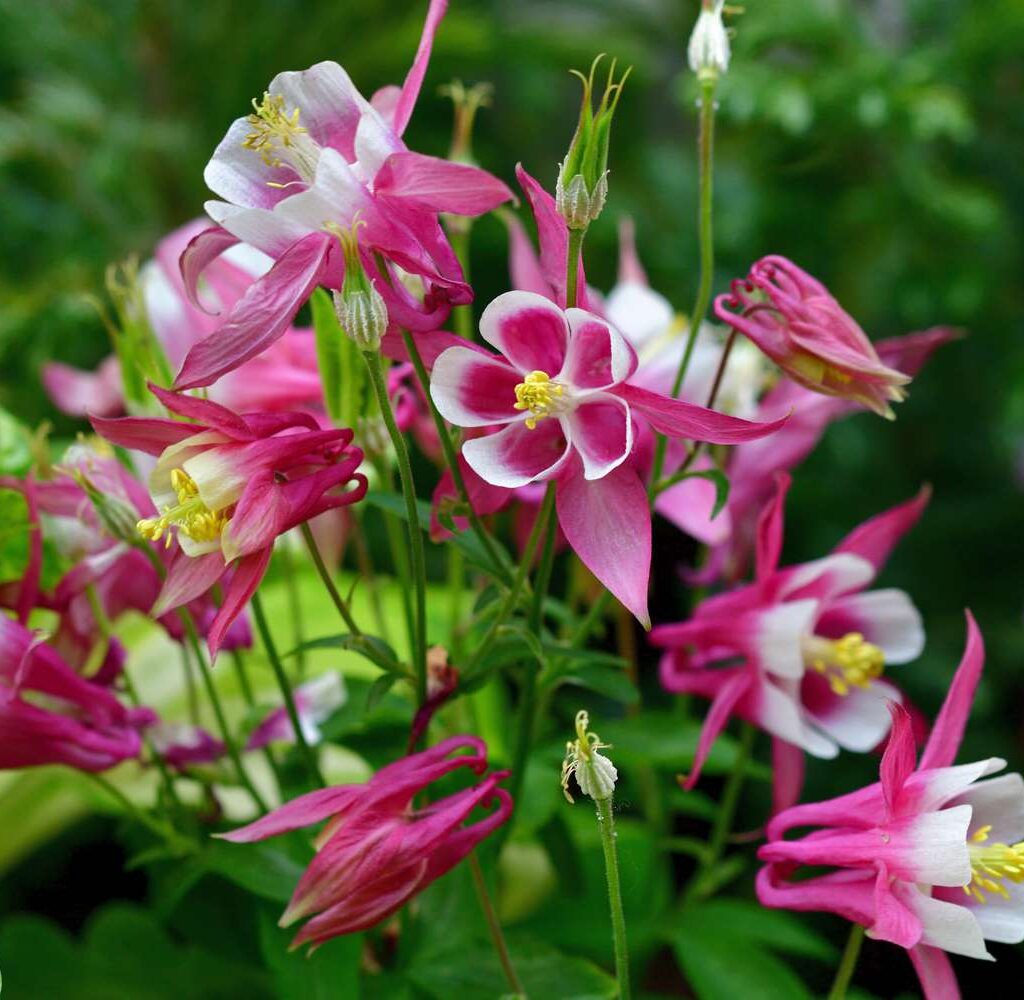
Columbines differ from large-scale floriculture crops like roses or tulips for several reasons:
- Primarily grown for home gardens and not as cut flowers.
- Regional climate adaptation makes local nurseries preferable.
- Ease of seed propagation and self-seeding habit encourages small-scale cultivation.
- Niche market demand, with emphasis on biodiversity, native species, and ecological gardening.
As a result, columbine production remains fragmented but flourishing across multiple countries rather than being centralized.
Market Trends: Rising Demand for Native and Pollinator-Friendly Plants
Global interest in pollinator-supportive and native plants has boosted the popularity of columbines in recent years. Gardeners appreciate their resilience, early spring blooms, and wildlife value. This has led to:
- An increase in native plant nurseries
- More diverse columbine hybrid offerings
- Renewed interest in historical varieties like ‘Nora Barlow’
While exact production figures remain elusive, the steady presence of columbines in garden centers worldwide underscores their sustained demand.
Conclusion: A Shared Global Heritage
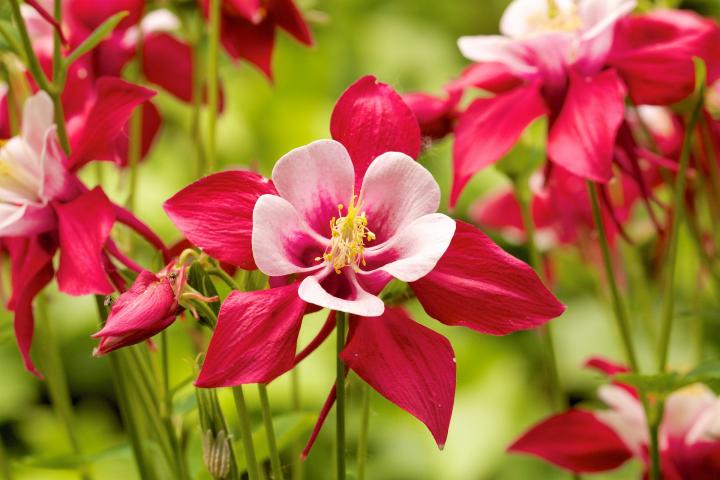
So, which country is the largest columbine producer in the world?
The truthful answer is — there isn’t one.
Columbine production is a collaborative affair shared between:
- The Netherlands — Europe’s nursery hub
- Germany & the United Kingdom — garden tradition strongholds
- The United States & Canada — native plant specialists
- Japan & China — regional cultivators of unique species
This decentralized, regional approach ensures columbines remain diverse, adaptable, and beloved across gardens worldwide.
Final Thoughts
In a world where floriculture often gravitates toward mass production and monoculture exports, columbines remind us of the beauty and importance of local, ecologically mindful cultivation. Whether adorning a quaint English garden, a Colorado meadow, or a Dutch greenhouse, these graceful flowers continue to charm gardeners and pollinators alike — no matter where they grow.
Would you like me to format this for SEO optimization with meta descriptions and image alt text suggestions too? I’d be happy to help with that as well!

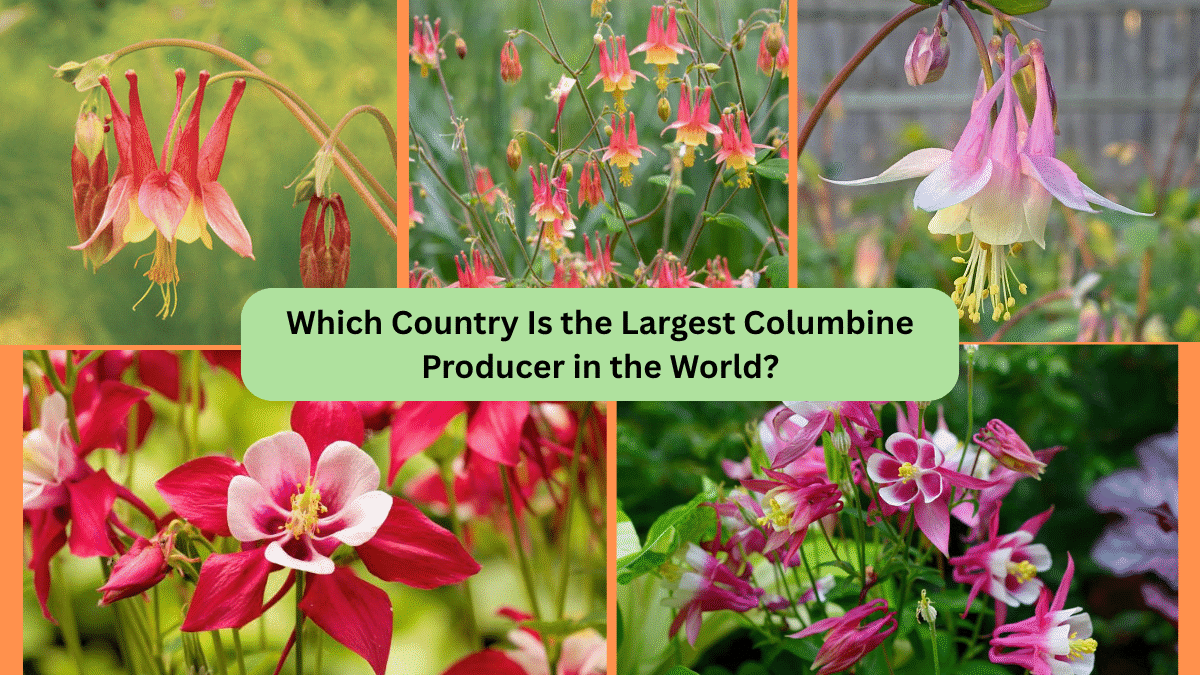
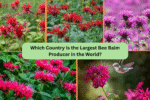


Leave A Comment